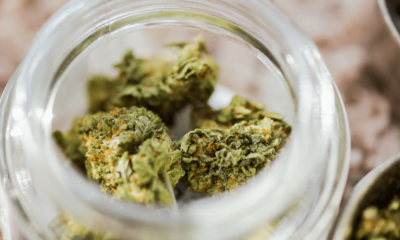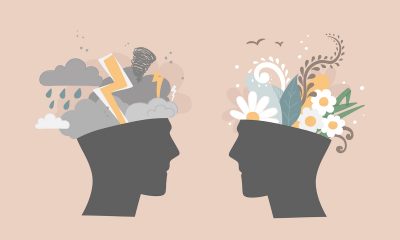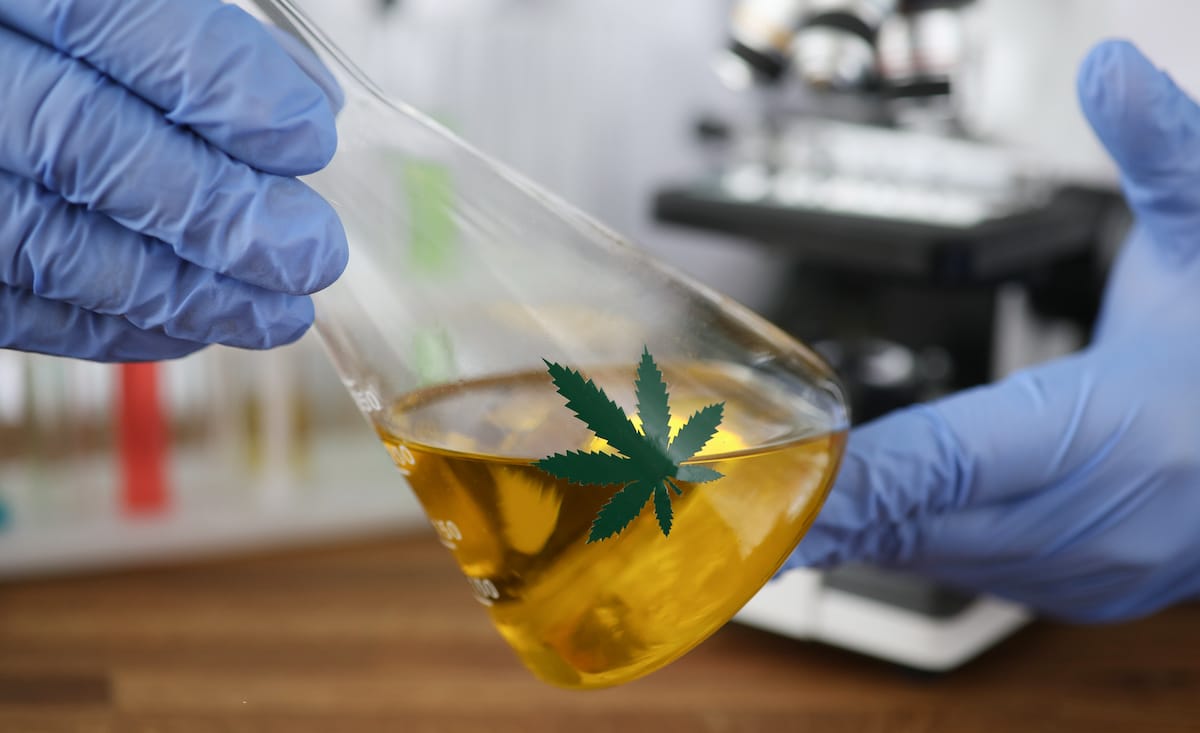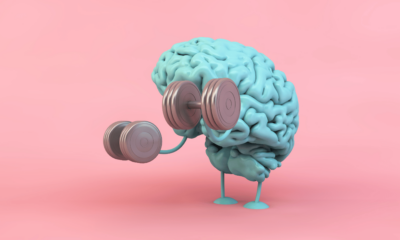More than half of people who use medical cannabis products to ease pain experience withdrawal symptoms between uses, a new study finds.
Around 10% of the patients taking part in the study also experienced worsening changes to their sleep, mood, mental state, energy and appetite over the next two years as they continued to consume cannabis.
Many may not recognise that these symptoms come not from their underlying condition, but from their brain and body’s reaction to the absence of substances in the cannabis products they’re consuming, says the University of Michigan Addiction Center psychologist who led the study.
When someone experiences more than a few such symptoms, it’s called cannabis withdrawal syndrome and can mean a higher risk of developing even more serious issues such as a cannabis use disorder.
In the new research published in the journal Addiction, a team from the U-M Medical School and the VA Ann Arbor Healthcare System reports findings from detailed surveys across two years of 527 Michigan residents.
All were participating in the state’s system to certify people with certain conditions for use of medical cannabis and had non-cancer-related pain.
Lara Coughlin, PhD, the addiction psychologist who led the analysis said: “Some people report experiencing significant benefits from medical cannabis, but our findings suggest a real need to increase awareness about the signs of withdrawal symptoms developing to decrease the potential downsides of cannabis use, especially among those who experience severe or worsening symptoms over time.”
Long-term study in medical cannabis use
The researchers asked the patients whether they had experienced any of 15 different symptoms – ranging from trouble sleeping and nausea to irritability and aggression – when they had gone a significant time without using cannabis.
They used an analytic method to group the patients into those who had no symptoms or mild symptoms at the start of the study, those who had moderate symptoms (meaning they experienced multiple withdrawal symptoms) and those who had severe withdrawal issues that included most or all of the symptoms.
They then looked at how things changed over time, surveying the patients one year and two years after their first survey.
At baseline, 41 percent of the study participants fell into the mild symptoms group, 34 percent were in the moderate group and 25 percent were classed as severe.
Misconceptions about medical cannabis
Many people who turn to medical cannabis for pain do so because other pain relievers haven’t worked, says Coughlin, an assistant professor in the Department of Psychiatry who sees patients as part of U-M Addiction Treatment Services.
They may also want to avoid long-term use of opioid pain medications because they pose a risk of misuse and other adverse health consequences.
She notes that people who experience issues related to their cannabis use for pain should talk with their health care providers about receiving other pain treatments including psychosocial treatments such as cognitive behavioural therapy.
The perception of cannabis as “harmless” is not correct, she says. It contains substances called cannabinoids that act on the brain – and that over time can lead the brain to react when those substances are absent.
In addition to a general craving to use cannabis, withdrawal symptoms can include anxiety, sleep difficulties, decreased appetite, restlessness, depressed mood, aggression, irritability, nausea, sweating, headache, stomach pain, strange dreams, increased anger and shakiness.
Previous research has shown that the more symptoms and greater severity of symptoms a person has, the less likely they are to be able to reduce their consumption of cannabis.
They may mistakenly think that the symptoms happen because of their underlying medical conditions, and may even increase the amount or frequency of their cannabis use to try to counteract the effect – leading to a cycle of increasing use and increasing withdrawal.
Coughlin says people who decide to use a cannabis product for a medical purpose should discuss the amount, route of administration, frequency and type of cannabis product with their regular health provider.
They should also familiarise themselves with the symptoms of cannabis withdrawal and tell their provider if they’re experiencing them.
As there is no medically accepted standard for medical cannabis dosing for different conditions, patients are often faced with a wide array of cannabis products that vary in strength and route of administration.
Some products could pose more risk for development of withdrawal symptoms than others, Coughlin says. For example, people who smoked cannabis tended to have more severe withdrawal symptoms than others, while people who vaped cannabis reported symptoms that tended to stay the same or get worse, but generally did not improve, over time.
More about the study
The researchers asked the patients about how they consumed cannabis products, how often, and how long they’d been consuming them, as well as about their mental and physical health, their education and employment status.
Over time, those who had started off in the mild withdrawal symptom group were likely to stay there, but some did progress to moderate withdrawal symptoms.
People in the moderate withdrawal group were more likely to go down in symptoms than up, and by the end of the study the number of the people in the severe category had dropped to 17 percent
In all, 13 percent of the patients had gone up to the next level of symptoms by the end of the first year, and eight percent had transitioned upward by the end of two years.
Sleep problems were the most common symptom across all three groups, and many in the mild group also reported cravings for cannabis. In the moderate group, the most common withdrawal symptoms were sleep problems, depressed mood, decreased appetite, craving, restlessness, anxiety and irritability.
The severe withdrawal symptom group was much more likely to report all the symptoms except sweating. Nearly all the participants in this group reported irritability, anxiety, and sleep problems. They were also more likely to be longtime and frequent users of cannabis.
Those in the severe group were more likely to be younger and to have worse mental health. Older adults were less likely to go up in withdrawal symptom severity, while those who vaped cannabis were less likely to transition to a lower withdrawal-severity group.
The study didn’t assess nicotine use, or try to distinguish between symptoms that could also be related to breakthrough pain or diagnosed/undiagnosed mental health conditions during abstinence.
Further research could help identify those most at risk of developing problems and reduce the risk of progression to cannabis use disorder, which is when someone uses cannabis repeatedly despite major impacts on their lives and ability to function.

 News6 months ago
News6 months ago
 Science5 months ago
Science5 months ago
 Industry6 months ago
Industry6 months ago
 News6 months ago
News6 months ago
 News5 months ago
News5 months ago
 Health5 months ago
Health5 months ago
 News5 months ago
News5 months ago
 Health3 months ago
Health3 months ago












